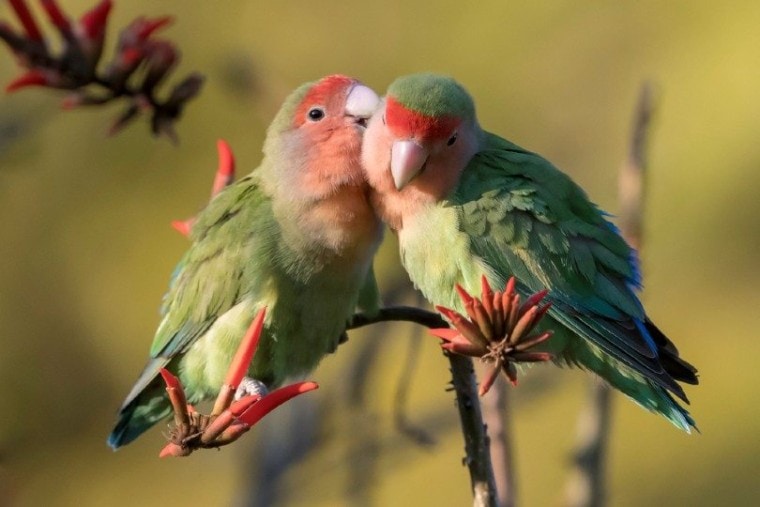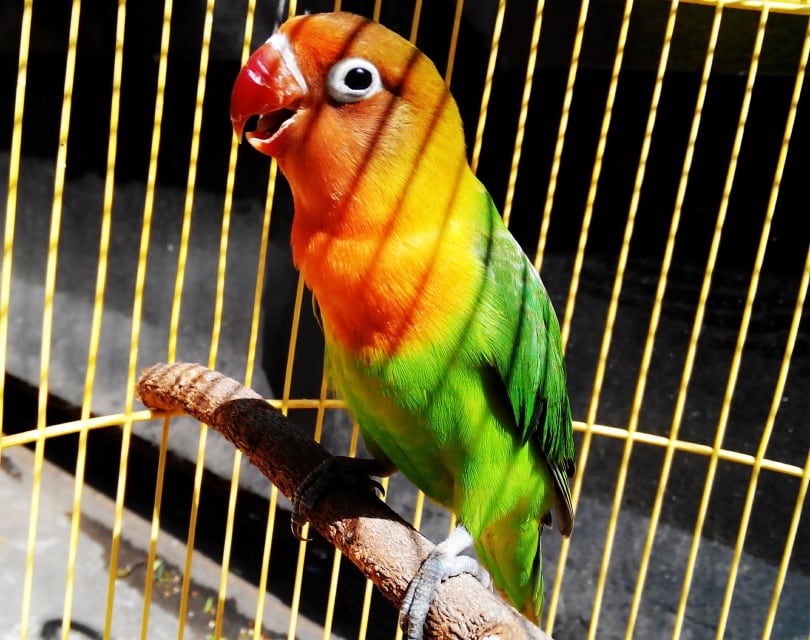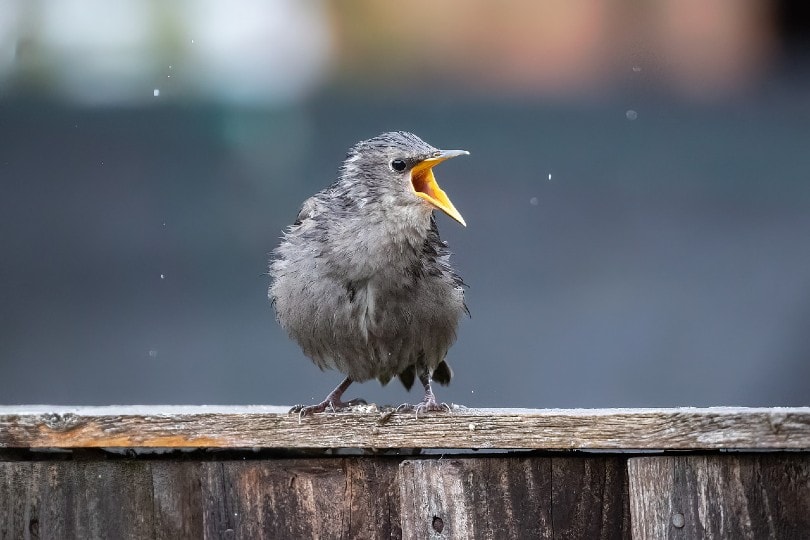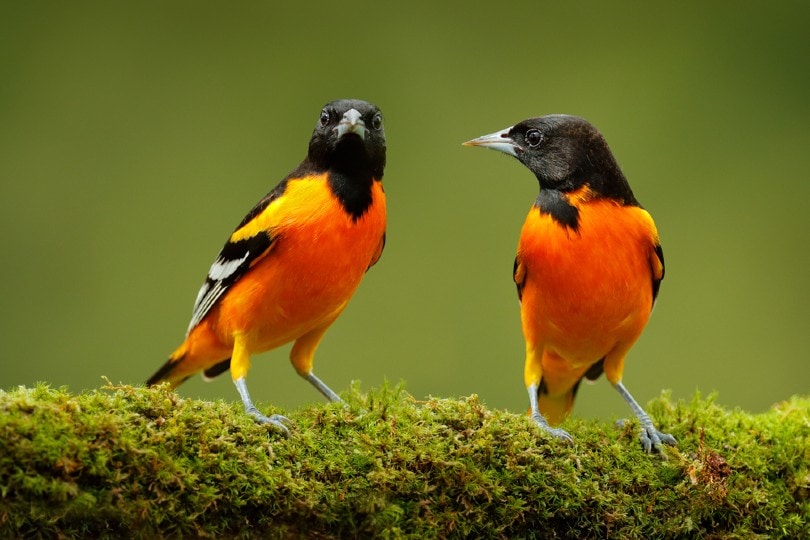
Birds are some of the most exciting animals on the planet. They have quirky chants and behaviors, which they learn from their parents. To communicate, birds may use sound, visual cues, or a combination of the two to communicate how they feel on any given day.
These behaviors are often specific to species and help them survive in different habitats all over the world. They have a complex language that humans do not understand easily, but we can get a good idea of what they’re trying to say.
This article will teach you how to understand the language of birds and what they’re saying to each other! You’ll also learn about the different types of bird songs and calls, why they sing, and how we can identify which bird is singing.

Why Do Birds Communicate?

Birds communicate for many reasons, including how to find food and where the best nesting areas are. Sometimes birds will even warn other animals or humans about dangers that they may see in their environment.
Birds also use communication to express how they feel on any given day, so others from the flock will give them room to breathe or respect their feeding area.

What Are Some of the Most Common Sounds That Birds Make?

Birds use many different vocalizations to communicate with others of their species or warn predators about danger, but the most common sounds are songs, calls, and chick-a-dee calls.
Why Do We Use Bird Calls to Help Us Identify Different Species of Birds?

Some people may also find identifying a bird easier when given its unique sound or song. Some individual birds have more complex characteristics and song patterns that could be easier to identify than a simple bird call.
Conservationists may also use sounds and calls to learn about the habitats of different species, which helps them figure out where they can create new bird habitats or protect existing ones.
What Are Some Examples of Different Types of Bird Songs?

There are many types of songs that birds make, depending on their species. For instance, some common songbirds include cardinals, crows, chickadees, and bluebirds.

How Do Birds Communicate With Their Young?
The most common type of bird call that young make is peep calls, which sounds like a high-pitched chirping. This is the call babies use to communicate with their parents or other adult birds in the family group to be fed and kept warm.
What Are the Different Types of Bird Communication?
Visual
Birds have a variety of movements they can use to communicate. Some birds may be more inclined than others towards visual communication, and some types of birds are less vocal or actively hostile because their environment prevents them from using sound.
For example, seabirds who live in the ocean often rely on visual signals to communicate with one another because the sound doesn’t travel well underwater. Visual communication refers to changes in a bird’s body language in an effort to express emotion.
Auditory

As mentioned, they also have a variety of sounds they can make, but these are typically used to warn other birds or humans about danger rather than attract mates.
Some people may find identifying a bird easier when given its unique song because some individual birds have more complex characteristics and song patterns that could be easier to identify than a simple bird call.
Related Read: Quaker Parrot Sounds and What They Mean (with Audio)
Mixed
Some birds will use sound and visual cues, especially when doing a mating ritual or guarding their territory. An example of mixed communication is the colorful male Western tanager, who sings a series of crisp notes before spreading his tail to display brilliant colors as he dives down to land on a branch.
Visual and auditory cues are combined when grebes sing during mating rituals, which sounds like high-pitched squeaking to attract mates.
The Bird’s Body Language

Beyond what we can hear, most of a bird’s communication relies on body language. Their eyes, head feathers, and beaks will all give us insight into how wise or happy they are.
Some birds, like the Northern flicker, can use a technique called ‘begging’. Birds do this to try and force other members of their species or even humans into giving it food. The begging is accompanied by bowing movements with the head dropped low. It will also tap its beak against any surface near the human to get attention.

Summary
Birds communicate with one another in a variety of ways. They don’t speak the same language as us, but they still transmit information to each other through sound and visual cues.
Birds use vocalizations like chirps or songs to share their location, courtship status, territoriality, mating readiness, and more.
In addition, birds have different body postures that signal aggression or submission, which can also be seen on nature documentaries or TV shows when these animals are being filmed. These behaviors enable them to find food sources, avoid predators and reproduce without any humans involved whatsoever!
Bird watchers (and professional ornithologists who study these creatures) need to understand how they communicate. So next time you see those beautiful bluebirds flying by your window, get out there and observe what they have to say!
Featured Image Credit: Ward Poppe, Shutterstock







